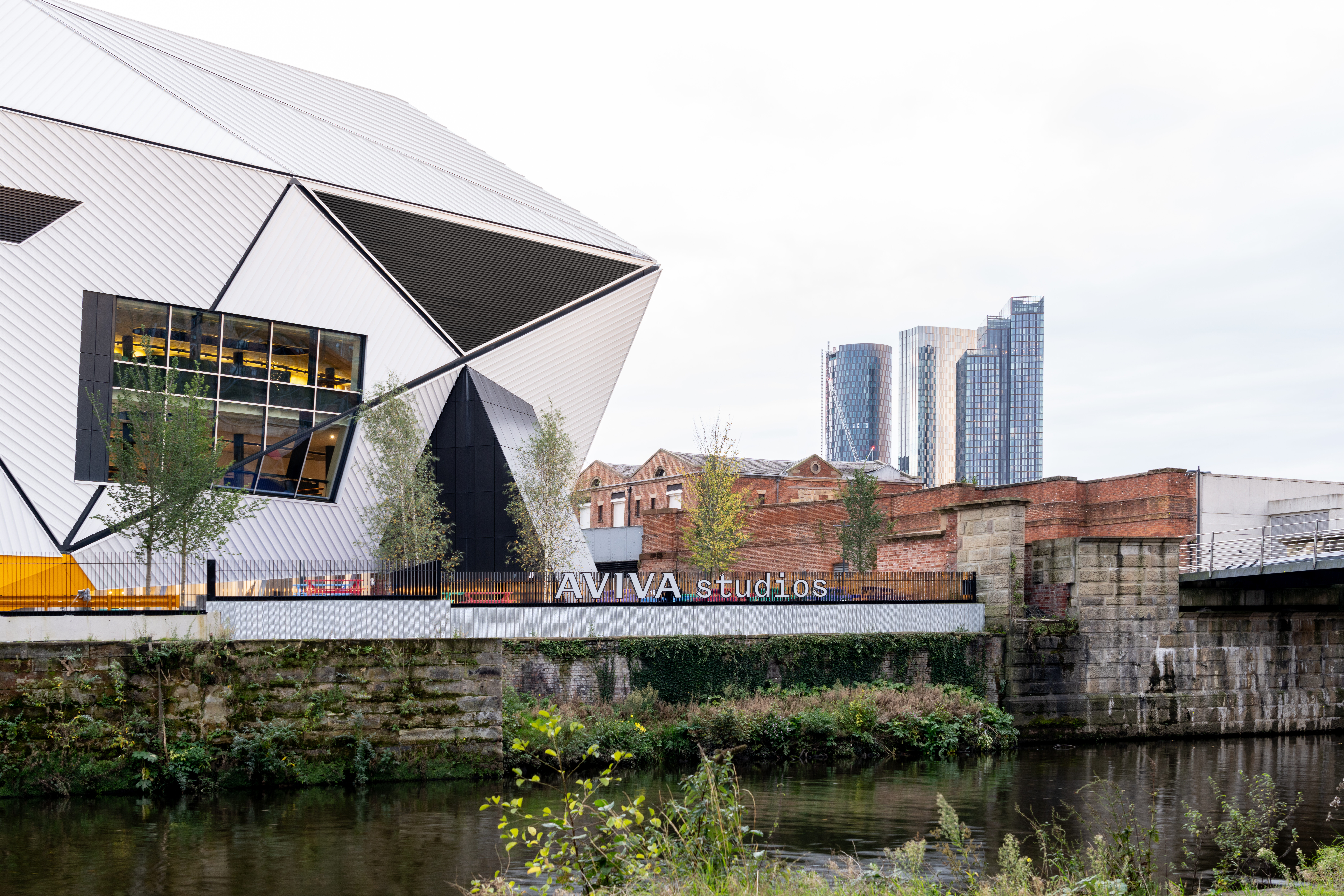Building authenticity: The power of longevity in sponsorship strategy

For brands with no prior sponsorship experience, the challenge of establishing authenticity can be daunting. How can a company that has never sponsored a sport or event suddenly claim to be a passionate supporter? This dilemma is common, and while it may seem daunting, the potential rewards of sponsorship—enhanced brand awareness, increased market stature, new business opportunities, and improved employee engagement—are significant enough that at some point, a brand must take the leap. The question is: how?
There are broadly two options to consider: jumping in headfirst or building a presence gradually over time. Each has its own advantages and disadvantages, and the right approach often depends on the brand’s goals, resources, and the specific market it’s targeting.
Jumping Right In: Pros and Cons
For some brands, the allure of immediate exposure is tempting. By diving straight into a sponsorship, a brand can quickly start reaping the benefits that come with high visibility. This approach is particularly appealing when the goal is to make a big splash in a short amount of time, or when the market conditions are ripe for rapid brand expansion.
Pros:
- Immediate Benefits: Jumping in allows for the quick realisation of sponsorship benefits, such as brand exposure and market presence.
- Broad Reach: A significant sponsorship can instantly position a brand in front of a large audience, potentially leading to rapid brand recognition.
However, this approach is not without its challenges. One of the most significant downsides is the potential lack of authenticity. When a brand with no prior connection to a sport or event suddenly appears as a sponsor, it can come across as disingenuous to passionate fans and puzzling to existing employees. Moreover, the brand may struggle to fully understand the nuances of the sport or event, leading to misaligned messaging and ineffective activations.
Cons:
- Lack of Authenticity: Without a history in the sport or event, the sponsorship may feel forced or insincere, reducing its impact.
- Steep Learning Curve: Understanding the sport, its audience, and how to effectively engage can be a costly and time-consuming process, leading to potential inefficiencies and wasted budget.
Building Presence Gradually: Pros and Cons
Alternatively, brands can opt for a more measured approach, gradually building their presence over time. This strategy involves starting with smaller, targeted sponsorships that allow the brand to learn, adapt, and grow within the community before committing to larger investments.
Pros:
- Authenticity: By taking the time to build a presence, a brand can establish genuine connections with the community, making their sponsorship more credible and impactful.
- Reduced Risk: A gradual approach allows for testing and learning with a smaller budget, reducing the risk of costly missteps.
- Strategic Growth: Over time, the brand becomes a knowledgeable, trusted player in the market, better positioned to leverage larger sponsorships effectively.
However, the gradual approach requires patience. Building credibility and understanding takes time, and brands may not see immediate returns on their investment. The key is to set long-term goals and remain committed to the process, understanding that the payoff will come as the brand becomes more deeply integrated into the community.
Cons:
- Time-Consuming: Establishing authenticity and a deep understanding of the sport or event can take years, delaying the full benefits of sponsorship.
- Delayed Impact: The brand may not see significant returns until later stages of the sponsorship journey.
The Importance of Longevity
Regardless of the approach, one thing is clear: truly great sponsorships are built with longevity in mind. Successful sponsorship planning involves more than just picking the right event or sport—it requires setting a long-term growth plan that allows for expansion and increased investment as the business grows. This strategic planning ensures that the sponsorship evolves alongside the brand, providing a solid foundation for long-term success.
While both approaches to sponsorship have their merits, the decision ultimately comes down to the brand’s goals and resources. Whether a brand chooses to jump in or build gradually, the most important factor is a commitment to authenticity, strategic planning, and long-term growth. By keeping these principles in mind, brands can navigate the complexities of sponsorship and unlock its full potential.









